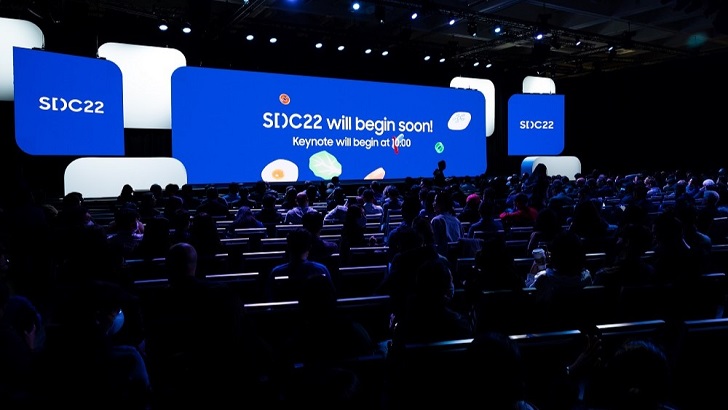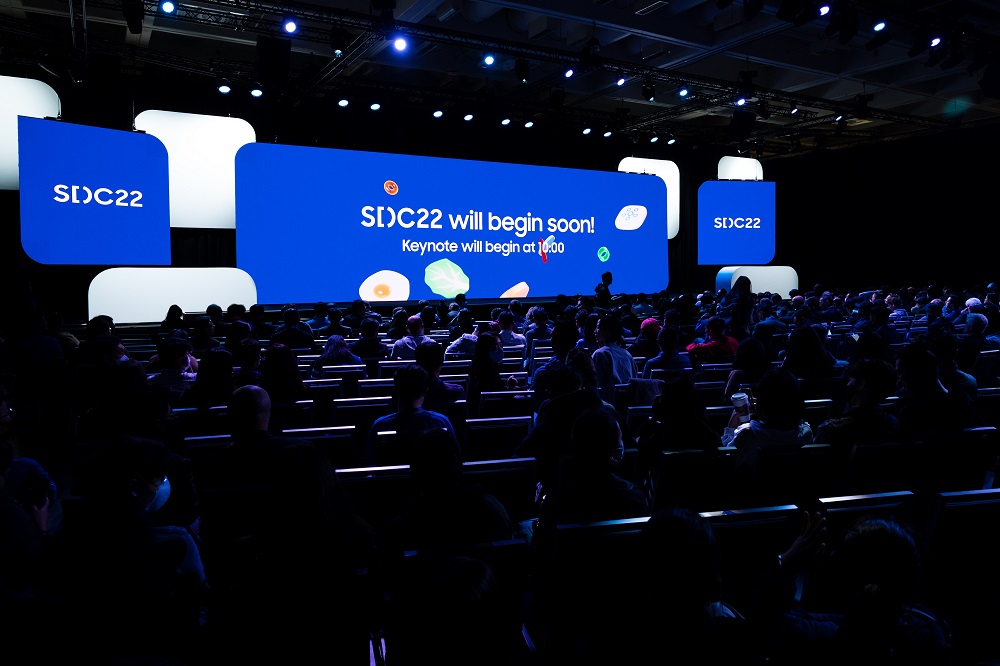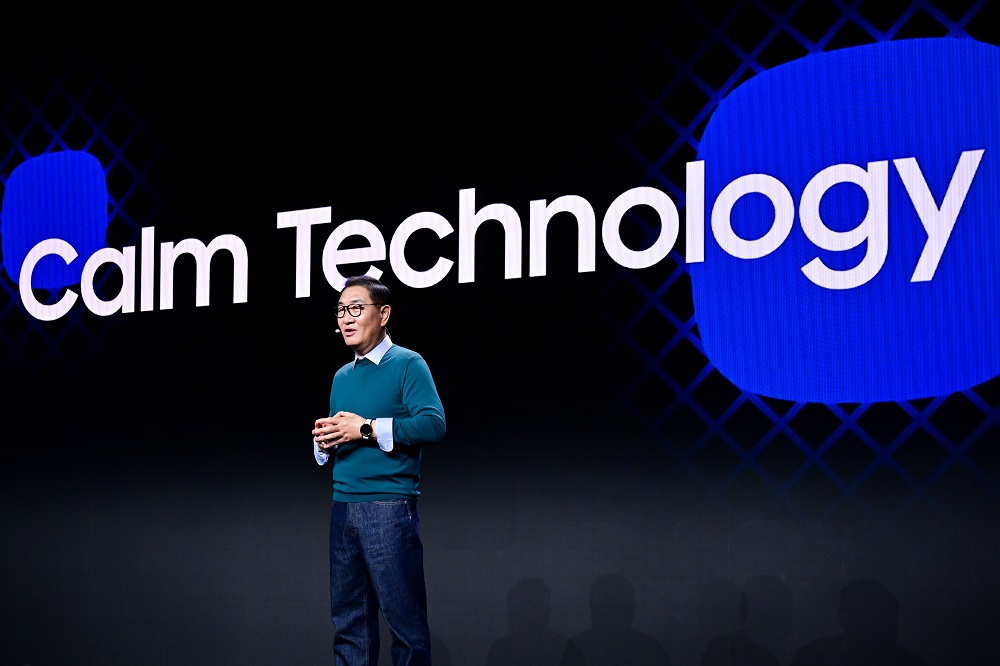Top three computer vision trends to follow in 2023
Join top executives in San Francisco on July 11-12, to hear how leaders are integrating and optimizing AI investments for success. Learn More
Many of us interact with computer vision applications every day, from Apple’s Face ID and Tesla Autopilot to the Meta Quest and Google Lens. Computer vision gives machines the ability to “perceive” the world like humans do and use that knowledge to augment human efforts. The potential is immense, and analysts agree: The computer vision market is expected to expand to $9.62 billion according to research from Report Ocean.
Here are three of the biggest trends to keep an eye on in the year ahead — and how organizations can unleash new possibilities through computer vision.
Faster, cheaper, more efficient edge computing storage will accelerate CV applications
To date, one of the big bottlenecks in the cloud vision space has been the power of computer vision devices. Because edge devices — think sensors and cameras — haven’t been powerful enough to do their own computation, most of the data processing has had to happen in the cloud. The result: Ballooning costs due to high energy and network bandwidth consumption.
We’re finally seeing that change. Thanks to advancements in edge computing, computer vision applications can run real-time data processing and analysis, which is not just reducing energy and bandwidth burdens, but is also improving computation efficiency. This is a big deal considering that many of the most compelling applications of computer vision rely on ultra-low latency data processing to deliver seamless user experiences.
Event
Transform 2023
Join us in San Francisco on July 11-12, where top executives will share how they have integrated and optimized AI investments for success and avoided common pitfalls.
In addition, we’re also seeing some exciting advancements in edge storage. Rapid advancements in NAND Flash technology have dramatically increased the volume of data that can be stored on the edge devices…





